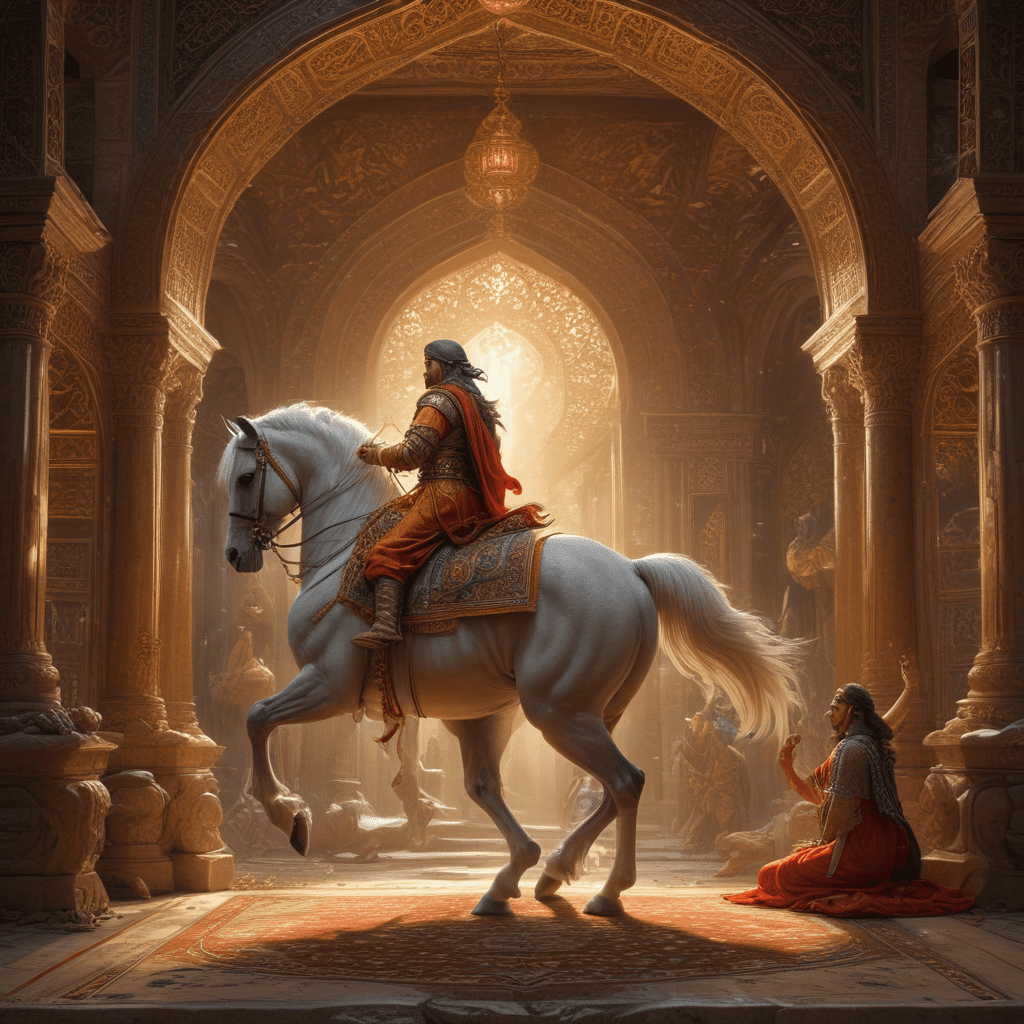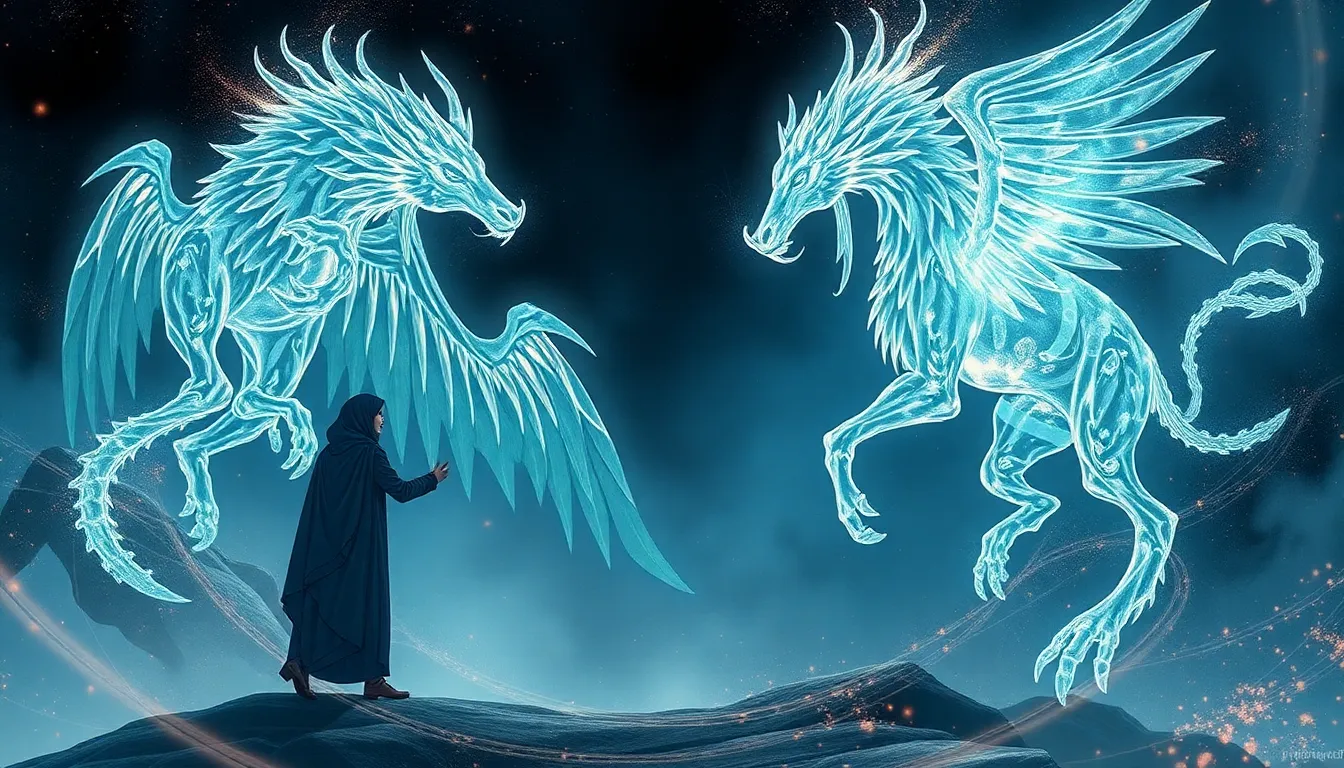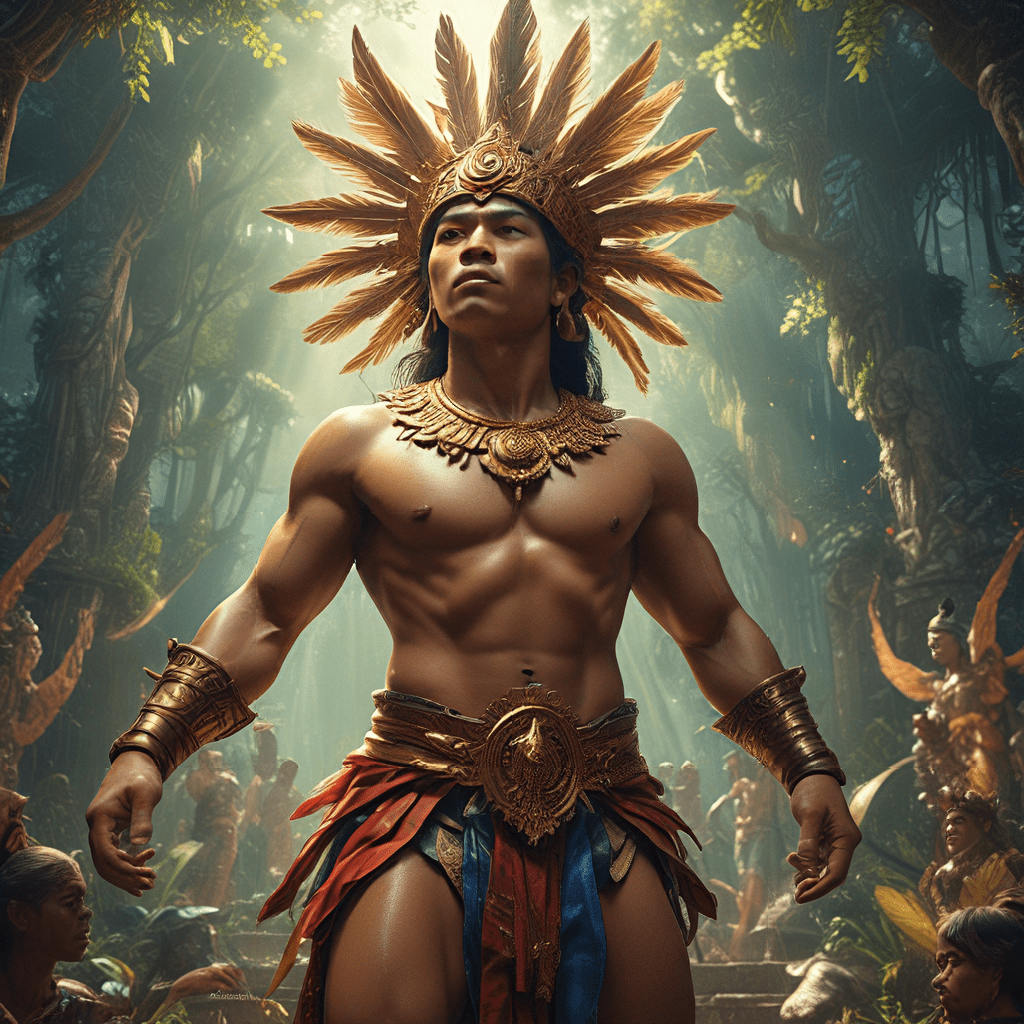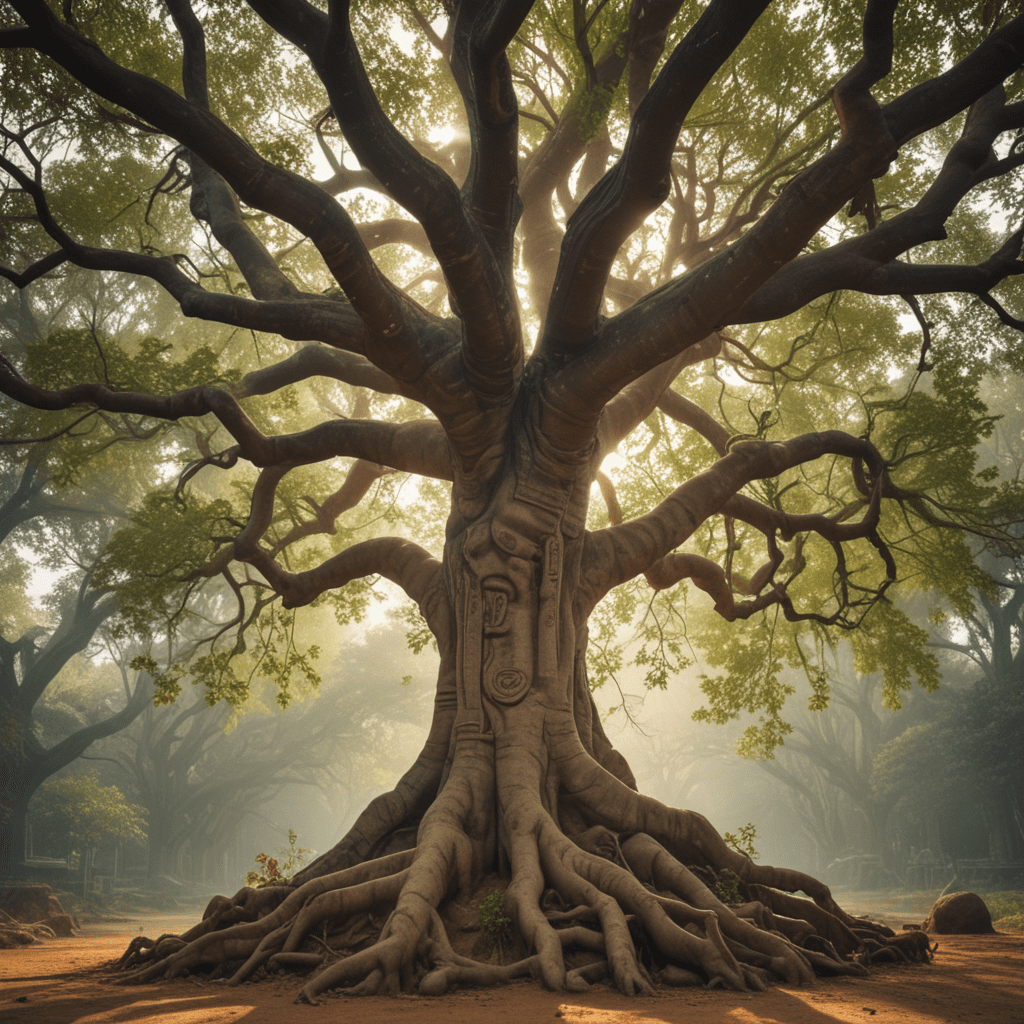Persian Mythological Creatures and Their Significance
Introduction
Persian mythology is a rich tapestry of fantastical creatures that have played an important role in shaping the culture, beliefs, and values of the Persian people. These mythical beings, ranging from benevolent protectors to fearsome creatures of darkness, offer insights into the hopes, fears, and aspirations of the ancient Persians. Understanding these creatures and their significance is essential for gaining a deeper appreciation for the depth and complexity of Persian mythology.
The Simurgh: Guardian, Healer, and Symbol of Wisdom
The Simurgh is a benevolent, mythical bird that occupies a prominent place in Persian mythology. Depicted with the head of a dog, the body of a lion, and the wings of an eagle, the Simurgh represents wisdom, immortality, and divine protection. This mythical creature serves as a guardian, guiding and protecting heroes like Rostam on their perilous journeys. In the epic poem Shahnameh, the Simurgh heals Rostam after he is poisoned, highlighting its connection to healing and renewal. The Simurgh's ability to transcend time and space further reinforces its association with wisdom and knowledge.
Zahhak: The Tyrannical Dragon King
In stark contrast to the benevolent Simurgh stands Zahhak, a tyrannical dragon king who embodies oppression and evil. Zahhak's reign of terror is marked by cruelty and bloodshed, as he demands the sacrifice of young men to feed his two serpent-like heads. This monstrous figure represents the dangers of unchecked power and the importance of fighting against tyranny. Zahhak's eventual defeat by the blacksmith Kaveh symbolizes the triumph of good over evil and the enduring spirit of resistance against oppression.
Div: Demonic Creatures of Darkness
Divs are powerful demonic creatures that inhabit the dark corners of Persian mythology. With monstrous appearances, shapeshifting abilities, and an association with evil, Divs often serve as antagonists in folktales and myths. They represent the forces of chaos, disruption, and the dangers lurking in the shadows. Despite their fearsome nature, Divs also embody a sense of mystery and intrigue, adding a layer of complexity to Persian mythology.
Pari: Benevolent Beings of Water and Nature
Paris are beautiful, supernatural beings associated with water and nature. Often depicted as winged women, Paris possess benevolent powers, granting wishes and bestowing magical gifts upon those they favor. Their connection to nature reflects the deep respect and reverence that ancient Persians held for the natural world. Paris also represent the allure of the unknown and the power of beauty and enchantment.
Shahmaran: Ruler of Snakes and Keeper of Wisdom
Shahmaran, a creature of captivating beauty and unparalleled wisdom, holds a prominent place in Persian mythology. This mythical being, depicted as a woman with the body of a snake, embodies the power of nature, the mysteries of the unknown, and the profound connection between humans and the animal world. Shahmaran's tale, intertwined with the story of King Solomon, speaks to the importance of respecting nature, embracing the wisdom of other beings, and recognizing the interconnectedness of all living things.
Homa: Symbol of Good Fortune and Divine Favor
Homa, a radiant bird associated with good fortune, royalty, and divine favor, is a prominent symbol in Persian mythology. This mythical creature, often depicted as a white bird with golden plumage, represents prosperity, abundance, and the blessings bestowed upon those who are righteous and just. Homa's association with royalty highlights its connection to power and authority, but also emphasizes the importance of using these powers for the betterment of the people.
Conclusion:
Persian mythological creatures offer a window into the rich tapestry of Persian culture, beliefs, and values. From the benevolent Simurgh to the tyrannical Zahhak, these fantastical beings embody the hopes, fears, and aspirations of the ancient Persians. Understanding these creatures and their significance allows us to appreciate the depth and complexity of Persian mythology and gain valuable insights into the human experience.
Frequently Asked Questions (FAQ):
1. What are the most popular Persian mythological creatures?
The most popular Persian mythological creatures include the Simurgh, Zahhak, Div, Pari, Shahmaran, and Homa.
2. What are the main themes explored in Persian mythology?
Persian mythology explores themes of good versus evil, the struggle for freedom, the importance of wisdom and knowledge, the power of nature, and the interconnectedness of all living things.
3. How does Persian mythology influence contemporary culture?
Persian mythology continues to influence contemporary culture through literature, art, music, and film. Many modern works draw inspiration from the rich tapestry of stories and characters found in Persian mythology.
4. Where can I learn more about Persian mythology?
There are many resources available for learning more about Persian mythology, including books, websites, and online courses. You can also find information about Persian mythology in museums and cultural centers.



